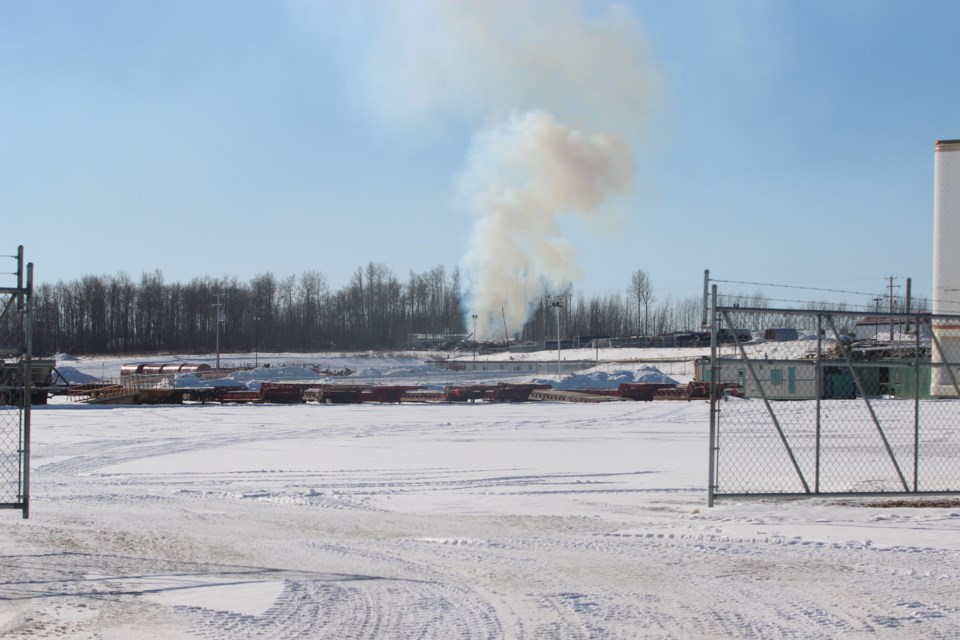With March’ s arrival, fire season has officially started, but the bulk of the season’ s work still lies ahead.
With March’ s arrival, fire season has officially started, but the bulk of the season’ s work still lies ahead.
“Our wildfire season really gets into swing a little later in the spring,” said Leslie Lozinski, information officer for the Lac La Biche Forest Protection Area, “after the snow melts and before the grass greens up.”
Firefighting resources for provincial land are being readied with that timeframe in mind.
“Our seasonal firefighting crews are beginning to come on scene,” Lozinski said, adding that they’ re completing physical training and fitness testing ahead of deployment. “The lookout towers in our area will be staffed later in the spring.”
More wildfires are to be expected from late April onward, but as of March 1, permits are required for any planned burning that’ s being done, except for campfires.
Permits for fires in the Forest Protection Area can be obtained from the Fire Centre on Beaver Hill Road in Lac La Biche and can also be acquired through Lac La Biche County. By calling ahead, would-be burners can arrange for a patrolman to inspect their burn sites.
A valid permit comes with two advantages, Lozinski says.
“The first is it ensures your burn site is safe,” she said. “The second is it lets us know where to expect smoke or fire in the forest. It’ s very difficult to have a fire without somebody noticing, so it’ s important to get a permit.”
Most of the residents in the Lac La Biche area are cooperative and complicit but false alarms do happen, she says. There have been times when provincial firefighters have been dispatched to what they thought was an emergency, only to find a resident burning a windrow without a permit.
With spring on the way, those who did their burning already should double-check their burn sites, Lozinski says.
“Now is a good time to go back and make sure they’ re not smouldering underground,” she said.
The best way to do that is to probe the soil at the site with a metal rod. If it’ s warm to the touch after, then the fire is likely still burning under the dirt. When conditions are right, it could reemerge as a much greater problem.
Judging by the amount of precipitation the region has received this winter, the wildfire hazard level will likely be moderate or high in the spring if weather patterns continue as they have, Lozinski says.
“A lot will depend on how fast the snow goes and the amount of precipitation we get in March,” she said.
As it is, she noted, the drought code projections-approximate measures of how much moisture there is in the soil and vegetation-are similar to last fall’ s readings. “The precipitation and moisture during the winter haven’ t been sufficient to lower the fire hazard.”
During the 2014 fire season, there were 139 wildfires in the Lac La Biche Forest Protection Area, which stretches from the Saskatchewan border as far west as Athabasca and from Lac La Biche County north to Anzac.
Around 80 per cent of those wildfires were caused by human activity, Lozinski says. In previous years, only about 60 per cent were human-caused.
“There’ s a lot more people out there camping and quadding and doing work in the forest,” she said. “The good news is there’ s something we can do about most of the fires in our area. If they’ re human-caused, they can be human-prevented.”
